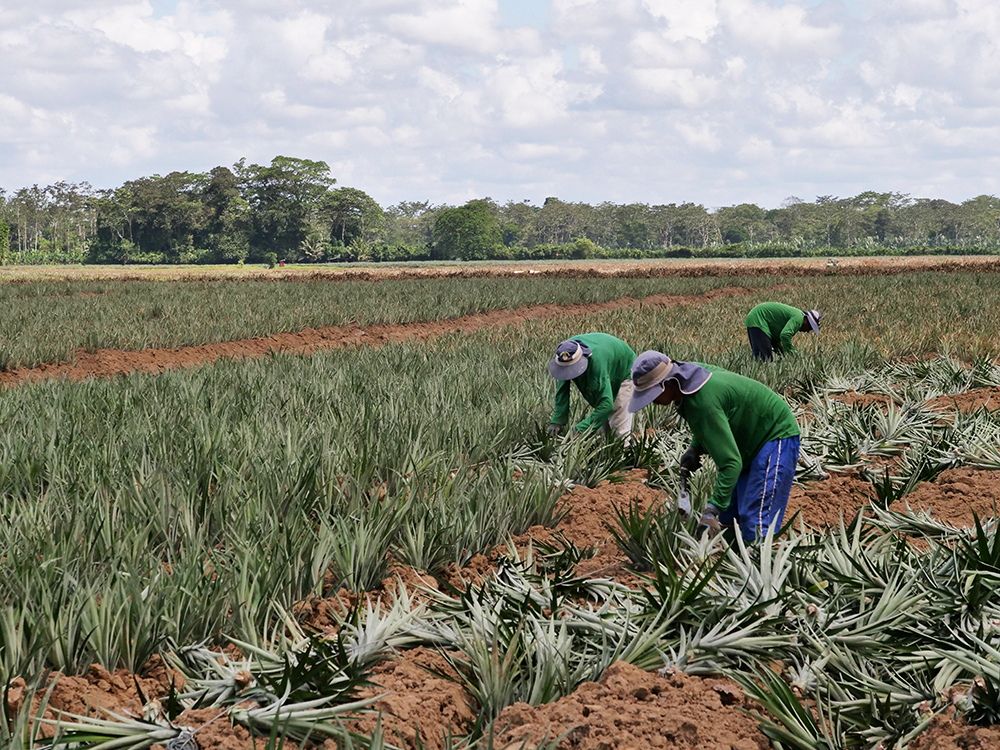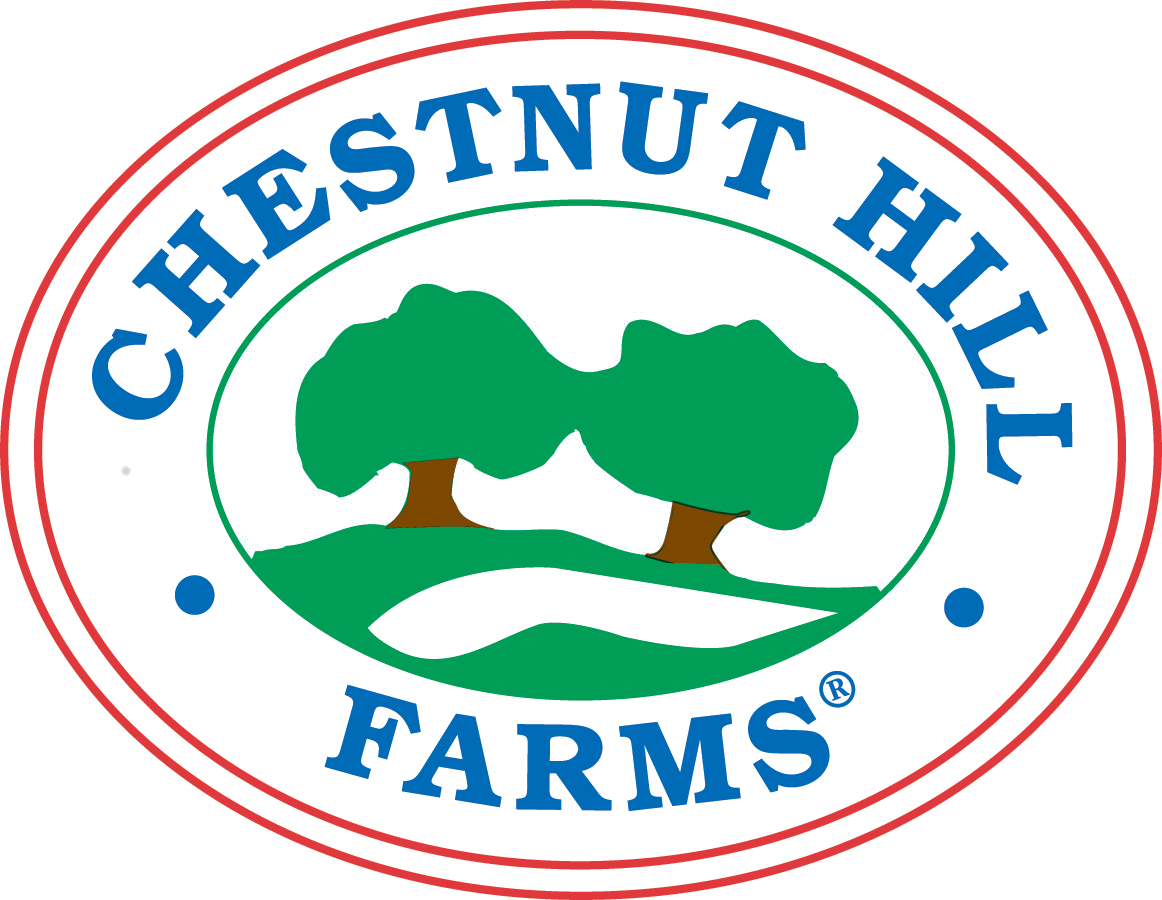
How We Plant, Grow and Harvest the Perfect Pineapple
Have you ever had a piece of pineapple so delicious that you just had to know where it came from? If you find yourself answering “yes” to this question, then you may want to stick around – we’re digging into exactly how the delectable pineapple is grown here in Costa Rica. From planting to harvest to everything in between, get to know the steps we take to make sure the pineapple you share with your family is the Perfect Pineapple every time.
Step 1: Preparing the Soil
Whether you’re interested in starting your own pineapple farm or just want to understand more about the planning process, it’s important to know that soil is key. A well-aerated, light soil with a low pH will allow the plant to grow to its fullest potential.
Because Costa Rica has a warm and damp tropical climate, drainage is a key part of both soil preparation and erosion control. At Chestnut Hill Farms, we use both primary and secondary levels of drainage to guarantee our soil is optimally moist for our plants. Bedding also helps elevate the plants’ root systems and protect them from excess saturation.
Step 2: Seed Planting
Now it’s time for the fun part: The “pineapple seeds” are ready to be planted. These seeds, hand-selected from the health, are in fact slips or starts from other adult pineapple plants, harvested from the previous crop. These are then separated by weight and size to ensure proper distribution and placement when planting.
Once chosen, it’s important to get the seeds in the ground within 24 hours of harvest. This gives the plants the best chance to establish healthy root systems. With the help of a tractor, the seeds are distributed evenly throughout the entire field. Then, they’re planted by hand, making sure each is properly aligned and will be able to get the nutrients it needs from the sun. Even, careful planting helps the plants develop uniformly and at the same rate.
Step 3: Add the Finishing Touches
Once the seeds are planted, we wait. As they grow, we monitor the plants closely to watch for any signs of pests or disease. To keep our planting process sustainable, we avoid using blanket applications of pesticides or herbicides. Instead, frequent check-ins on crop health allow us to apply these chemicals only when necessary. Thoughtful fertilization application likewise helps promote healthy growth.
Step 4: The Harvest
Once the fruit itself has been growing for about 20 weeks, we begin weekly sampling of the pineapple’s Brix, or sugar content, and color. From this, we can determine if the crop is ready to be harvested. Once our pineapples are perfectly sweet, we begin harvesting by hand. Though this process takes longer than harvest by machine, it also prevents bruising and damage to the fruit. From the field, the ready-to-eat pineapples are sent off for packaging – and for you to enjoy at home.
Want to learn more about pineapples, how we grow them, and how you can enjoy them at home? Sign up for our newsletter today.
